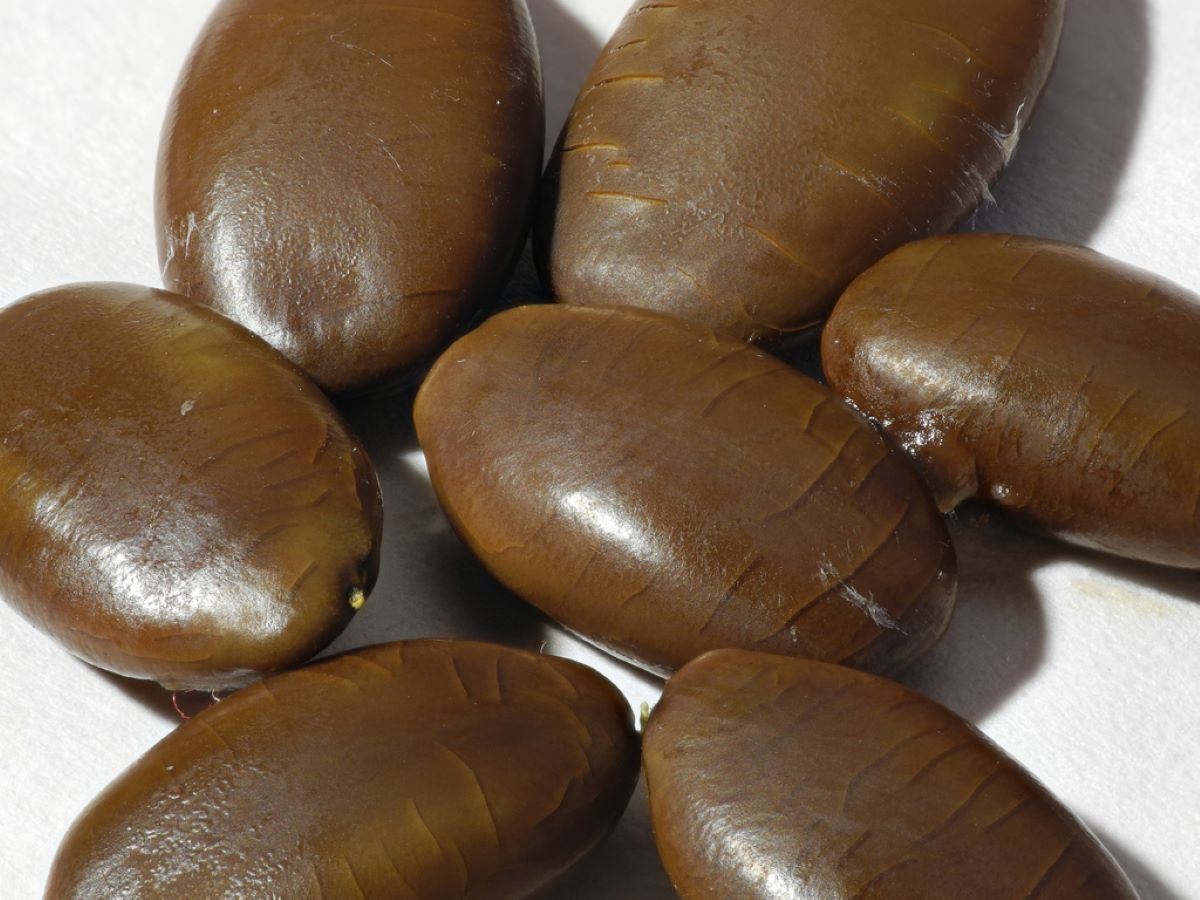
Image - Wikimedia / Andrew Butko
La Gleditsia triacanthos it is a deciduous tree that has everything to be a great garden plant: it is a plant that adapts to different conditions, even in cities, where air pollution is a common problem.
During spring, but especially in summer, it provides a shade under which it is possible to rest. The most interesting thing is that it grows fast; in fact, it can do so at a rate of 40-50 centimeters per year, much more than most trees.
Origin and characteristics of Gleditsia triacanthos

Image - Flickr / José María Escolano
La Gleditsia triacanthos It is a deciduous tree, native to North America that reaches a height of 15 to 20 meters in cultivation., but in its natural habitat it is normal for it to exceed 20 meters. Its trunk is straight, and relatively short as it branches a few meters from the ground. This makes it provide a pleasant shade, since even though the branches grow upwards, it has dense enough foliage so that you can plant it in a corner, and have picnics with your family, albeit at a certain distance from the trunk.
These leaves are pinnate or bipinnate, with 9 to 14 pairs of leaflets or pinnae, green on the upper side and yellowish green below. The crown is wide, with main branches and a trunk from which thrifid spines sprout., about 7-15 centimeters long, and with a sharp point.
Its flowers can be unilateral or bisexual, and fragrant. They measure 5 millimeters in diameter, and are yellowish-green in color. The fruit is a legume that can measure up to 40 centimeters long, dark in color (brown/blackish brown). This contains seeds about 10 millimeters long, and they are brownish.
In common or popular language it is known as three-thorn acacia or black acacia, although it is not related to the Acacia.
What is?
The three-thorn acacia has a couple of uses, which are:
- Edible: the pulp of the legumes can be fed to cattle, but it is also suitable for human consumption. In fact, in its place of origin it is known as »honey locust», which means honey carob, referring to its sweet taste.
- Ornamental: it is a plant that, if it is in the right place, will embellish the garden, and it is even great as an urban park tree when it is not excessively pruned.
- Wood: Being strong and resistant, it is used, for example, to make poles, various pieces of furniture, and also to produce charcoal.
Is it invasive?
In Spain it is not included in the Invasive Species Catalog. But it is worth knowing that in Argentina it is considered as such. They have become naturalized in rivers and streams, where as their shade grows, it prevents native aquatic plants from growing.
For this reason, never introduce non-native plants in the center of nature, regardless of what it is. And even less if it is a protected region.
Caring for the Gleditsia triacanthos

Image - Flickr / Andreas Rockstein
If you would like to grow a three-thorn acacia in your garden, then the first thing you need to know is that its roots are very strong. This is why it is important to find a site away from pipes, large plants, and floors with light paving. Moreover, it is best to plant it about ten meters from these areas.
But for the rest, it is a tree that can give us a lot of joy, especially if we provide it with the care and space it needs:
Location
It is a plant that it has to be outside, in a place exposed to direct sun. Only then will it be able to grow as it should, since it also needs temperatures to change throughout the year to know when to rest, or when to flower, for example.
It should not be grown indoors, not even if we work it as a bonsai, because we could not keep it alive for a long time.
Earth
It is a tree that adapts to all types of floors, so we will not have to worry about this issue unless we grow it in a pot. In this case, we will have to put a substrate that drains the water well, such as a universal culture substrate (such as this). Also, this pot must have holes (better several small ones than one large one in the center), so that excess water can escape.
Irrigation and fertilizer
It prefers moist soils, but that doesn't mean it can't tolerate some drought. Because, if we have it in the garden we will water it about twice a week, especially during that summer. In case of growing it in a pot, we must not neglect irrigation, because living in these conditions will require that you pour water several times a month, since the substrate dries quickly.
Regarding the subscriber, we recommend doing it only if it is grown in a pot.. For this we will use if possible organic fertilizers, and liquids, such as guano.
Multiplication

Image - Flickr / Thomas Bresson
La Gleditsia triacanthos multiplies by seeds and cultivars by grafting in spring.
Pruning
The pruning of the Gleditsia has to consist mainly of removing dry, broken or diseased branches at the end of winter. No need to remove anything else.
Rusticity
Withstands frost up to -17ºC, as well as high temperatures of up to 40ºC (if it has water).
What did you think of Gleditsia triacanthos?